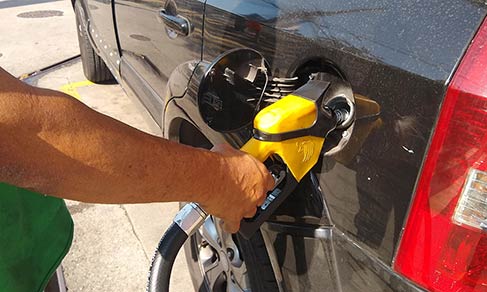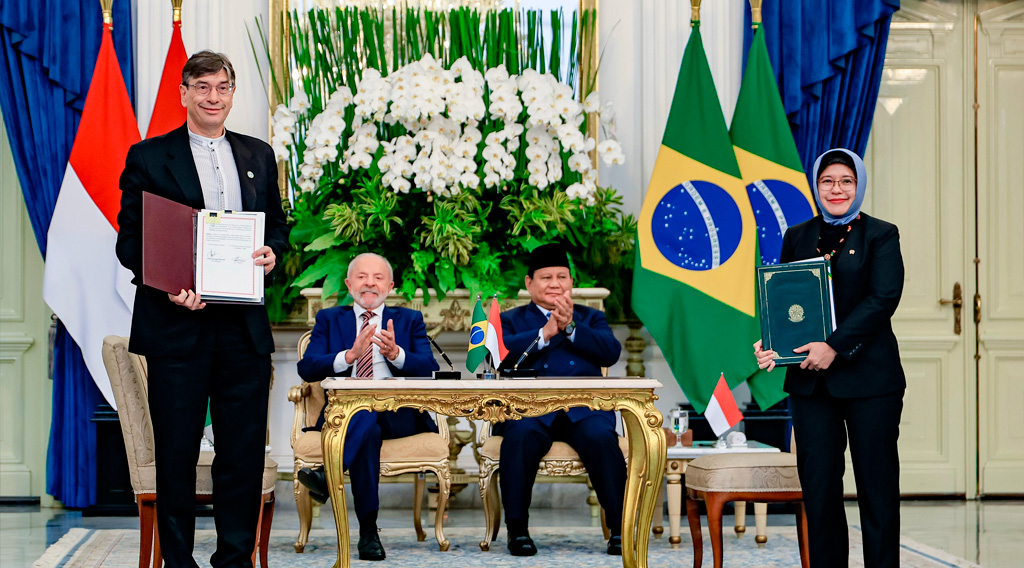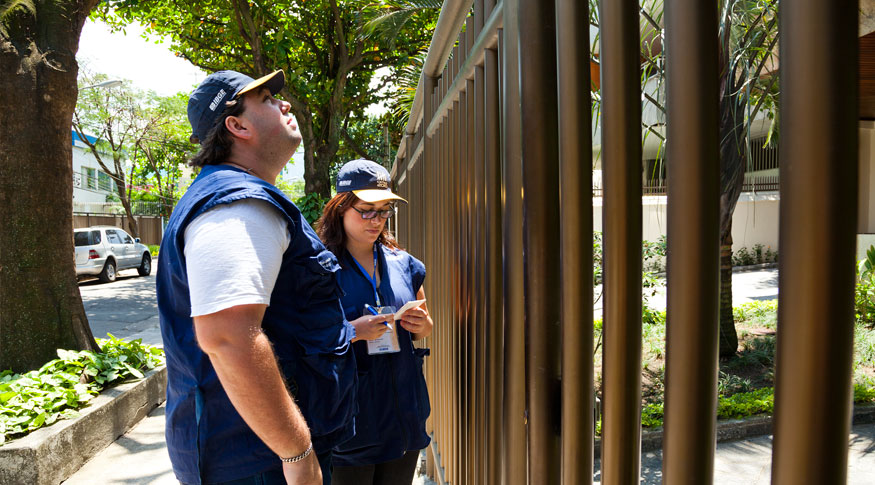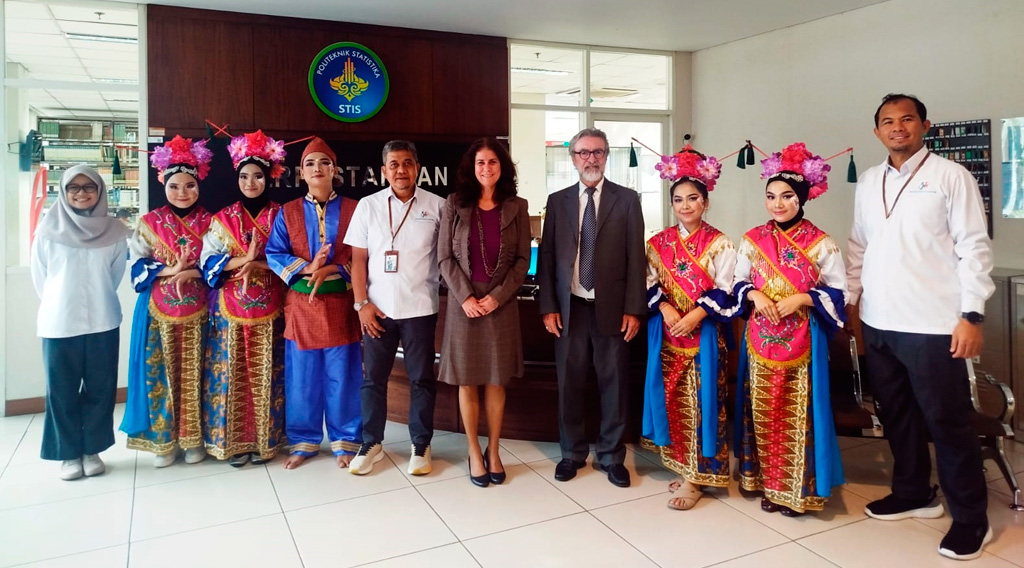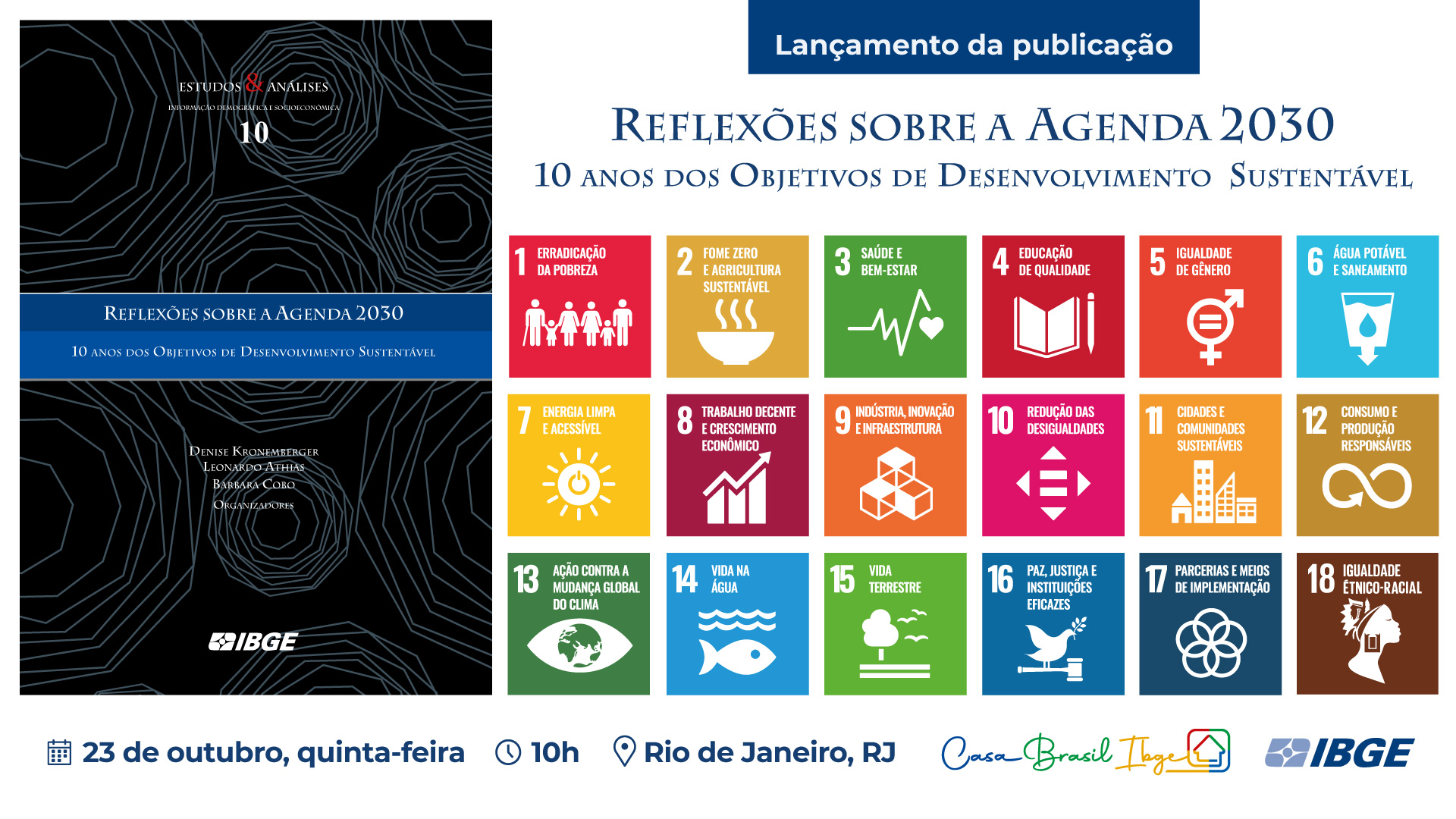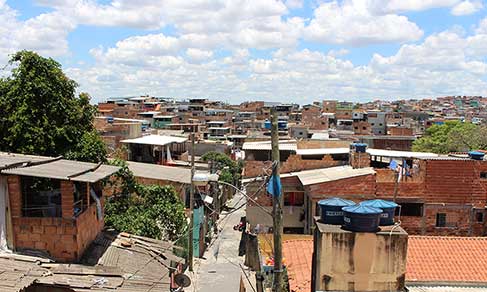Annual Survey of Trade
Trade sector increases hiring in 2017, but does not make up for three-year losses
June 27, 2019 10h00 AM | Last Updated: June 27, 2019 12h52 PM

The trade sector employed 10.2 million persons in 2017, which means 98.2 thousand employed persons more than in 2016. However, that increase was not enough to recover the loss of 411.8 thousand job posts since the start of the world crisis in 2014.
All the three major groups of economic activities - wholesale, retail and trade of vehicles, pieces and motorcycles - recorded decreases in employed persons in the period and slight recovery in the last year, only.
These data are found in the Annual Survey of Trade, released today by the IBGE. According to the Services and Trade Technician, Jordano Rocha, the environment of economic stability in 2015 and 2016 had a strong effect on all the trade activities.
“The scenario of 2017 helps understand the movement of recovery. The governmental decision of allowing the withdrawal of the FGTS benefit increased the population's purchasing power, and consequently, boosted household consumption after two years of decrease. The increase of exports, which directly affects the reduction of inflation measured by the IPCA and the decrease of the Selic rate also added to trade, in general, and resulted in an increase in hired persons”, Jordano explains.
The average earnings from trade also recorded a real increase of 2.1% from 2016 to 2017, followed by the increase of employed persons, but the cumulative figure in three years was -4.4%. Retail trade of motor vehicles, hit -15.3% and recorded the biggest decrease in the period. The change in earnings was deflated by the INPC (National Consumer Price Index).
More shops were closed between 2016 and 2017 than in the two previous years
Although 2017 was marked by an improvement in trade acvity over 2016, the decrease in the number of shops and distribution centers, observed since 2013 and more pronounced between 2014 and 2016, was bigger in the last year analyzed by the survey. In the period 2014-2016, the country lost 30.6 thousand units, and 31.2 thousand between 2016 and 2017.
An indicator that remained positive in the three-year period was the net operating revenue, which is gross revenue minus deductions (cancelled sales, discounts in prices and taxes). Between 2016 and 2017, revenue had a real increase of 7%, whereas the cumulative increase recorded from 2014 to 2017 was 5.2%.
“The most significant increase last year points to a recovery after cumulative decreases in a period of three years. The revenue from wholesale trade, which increased from 11.1% between 2016 and 2017, recorded a cumulative increase of 19.7% in the period and pushed trade activity in 2014 - 2017”.






